How Tekkie Uni is Working to Close the STEM Gender Gap
Girls can’t code. Programming is for boys. Girls just aren’t interested in technology. The above statements are obviously false. Girls can do anything boys can do, and programming has nothing to do with gender.
However, there is a gender gap in programming; in the U.S. only 24 percent of all technology jobs are held by women, and statistics around the world are no better — Bulgaria has the highest percentage of women in technology at 30 percent, according to Honeypot’s Women in Tech Index, which compares the technology workforces of 41 different countries.
In fact, the number of women in technological positions is decreasing. If current trends in the industry continue, according to a recent study, there may be no gender parity in the tech industry for a century.
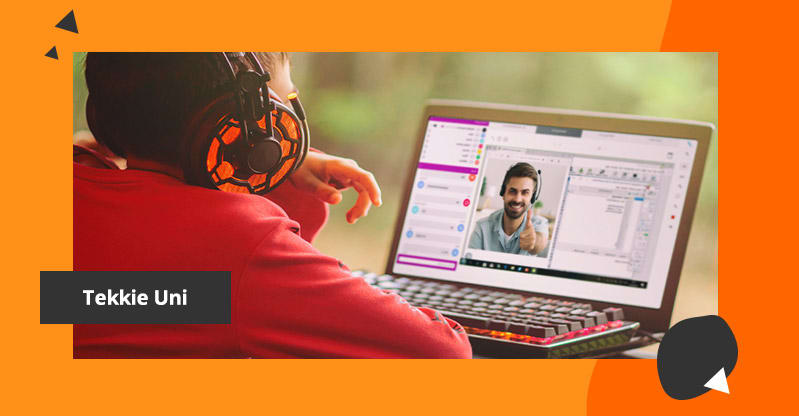
The gender gap in coding class
The tech gender gap is a trend that trickles down to coding programs. Last year, just 19 percent of the kids who enrolled in Tekkie Uni’s programs were girls. Those girls, however, are usually highly engaged, says Ivgi, Tekkie Uni’s pedagogical director.
“When they arrive, the majority of the girls are more passionate about coding, designing, creating, and leading projects and groups,” he said. “We can see it in our classes. When a girl enrolls and she stays with us, she’s usually the best in her group.”
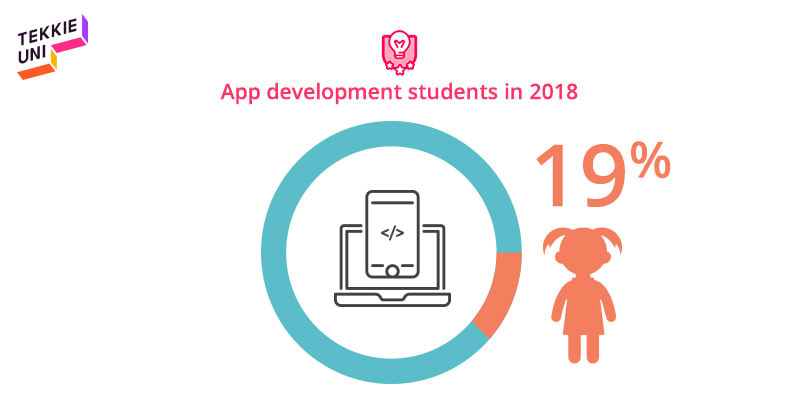
He gave the example of a young girl who enrolled with Tekkie Uni and spent three years taking various classes. At the end of her second year with the program, Tekkie Uni held a hackathon. The kids were divided into teams. The girl, who was 12 or 13 at the time, was made one of the team leaders.
“To see her leading this development group and taking full responsibility to develop part of the app they were working on was amazing,” said Ivgi.
Now 16, the young lady is part of a special program aimed at kids who are old enough to work. She works for Tekkie Uni with a group of 6-8 other students, all boys.
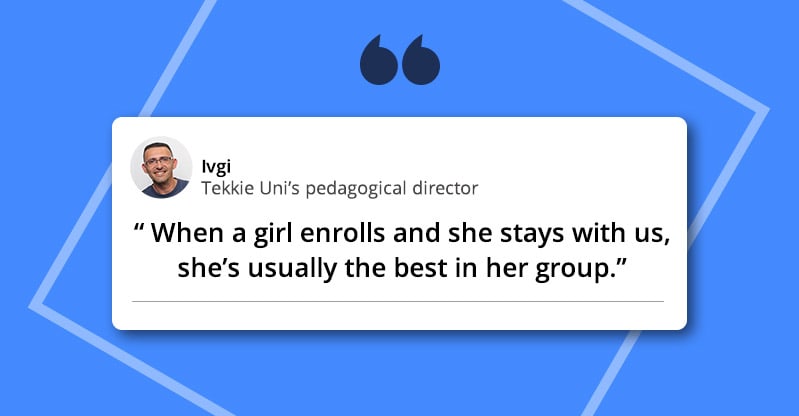
Attracting more girls to coding class
Ivgi doesn’t believe that the content of a coding class needs to be adjusted to attract more girls. Most of Tekkie Uni’s content is deliberately gender-neutral, designed to appeal to all children, no matter where they are on the gender spectrum.
“We don’t need to do something specific for them,” he said. “I don’t need to create content using gender stereotypes to make girls enroll.”
The girls who join the classes at Tekkie Uni do so for all kinds of reasons. Some of them like technology. some of them like design, some of them are just curious about how apps are developed. More girls are enrolled in the YouTube creator classes; 33 percent of enrollment for those classes is female, something Ivgi attributes to social trends.
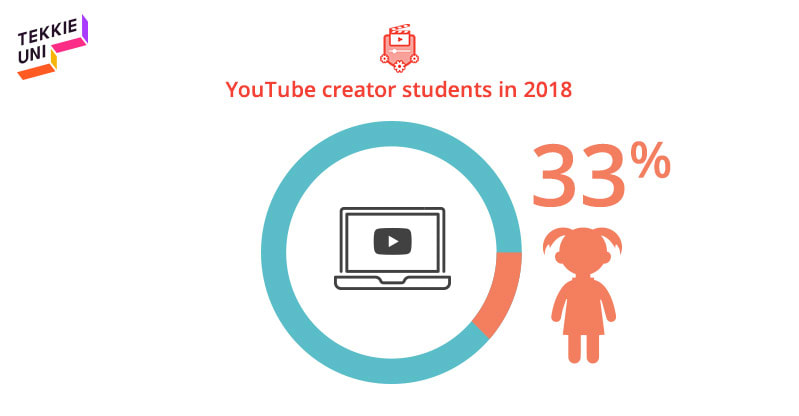
Others are more comfortable joining an online class rather than walking into a physical space with a lot of boys. Those girls tend to stay enrolled because of the social atmosphere in Tekkie Uni’s classes; children don’t use their camera, communicating only through voice and chat, and are encouraged to be supportive of one another.
Ivgi thinks that girls might be encouraged to join by playing up this social atmosphere. He feels that maybe offering the same content but changing the make-up of who is in the class might appeal to girls more, such as all-girls classes, or mother-daughter coding classes.
Another thing that might help is the way courses are marketed; Shauli Twito and Naomi Ben-David of TekkiUni’s marketing department regularly try to use images of girls in Facebook ads and marketing campaigns so that girls can visualize themselves in coding courses. Although some specific campaigns are targeted at girls, with facts that support the importance of women and girls in technology, many are aimed at kids in general, said Twito.
“We try not to write about boys specifically or about girls specifically, but we try to write about kids in general,” he said. “Most of our campaigns are for boys and girls together, but for the images, sometimes we will choose to use girls and not boys.”
In the beginning, when Tekkie Uni started its marketing efforts, many of the campaigns did use photos of boys because more boys were enrolling. Using photos of girls was a conscious choice, aimed at trying to close the gender gap in STEM.
“This is a concept we’re trying to push, if not in the actual words of the content — because not every campaign is literally geared at girls in coding — then in the pictures that we show, and in the fact that in English we try to say ‘children’ and we try to be as gender-neutral as possible,” said Ben-David.
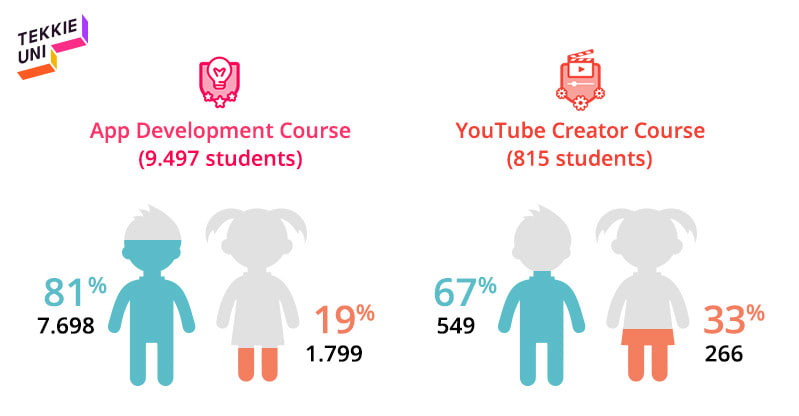
For a global company like Tekkie Uni, which works in many languages, gender neutrality in language can sometimes be challenging, since certain languages use gender-specific nouns. Twito and Ben-David work around this by using plurals whenever possible.
For Twito and Ben-David, this gender neutrality is a way of increasing visibility and awareness of girls in STEM. Their hope is that their efforts will contribute to a shift in the way society thinks about girls and computer science.
“We’re playing the long game. I don’t think we’re expecting to have huge results or a great influx of girls,” said Ben-David. “It’s the subtle and small things you’re consistently putting out there to give people a different picture in their minds.”
Girls do love to code
The truth is that programming knows no gender. Children all along the gender spectrum get excited about technology. Case in point: according to research, the youngest girls tend to be most open about an interest in technology.
According to TechCrunch, 74 percent of young girls express interest in STEM fields and computer science. However, by the time they’re college-aged, that interest has changed; just 18 percent of undergraduate computer science degrees are held by women. According to the U.S. educational non-profit Girls Who Code, when girls are young, they’re open about an interest in coding and computer science, but there’s a big drop-off between the ages of 13 and 17.
The challenge is catching those girls and bringing them into coding at a time when they’re most openly interested in technology and keeping them engaged through their teen years. Then there’s a chance of closing the technology gap sooner.
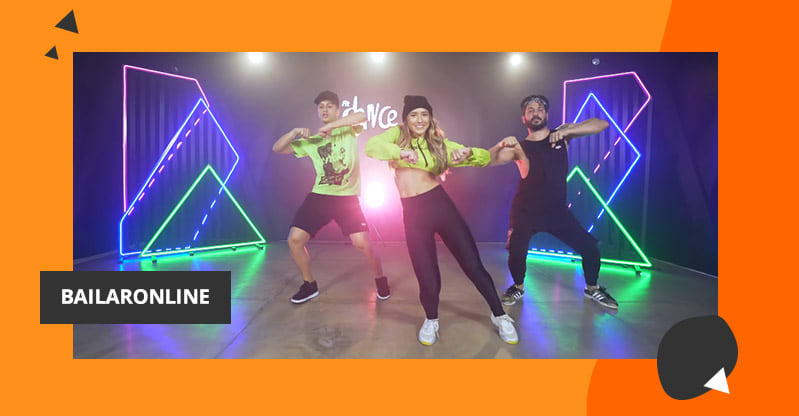
For Ivgi, coding is a form of creativity he wants to see all children try, no matter their gender.
“Coding, in my opinion, is the byproduct of what we do,” he said. “The main purpose is to help kids develop traits of technological leaders: the ability to invent and the ability to create.”
He loves watching students’ pride in their creation, and the power of being able to show friends and family an app they made, downloaded on their smartphones. Girls and boys show the same creativity and the same thrill in being able to share their work.
“I don’t see major gender specification in the outcomes,” he said.








